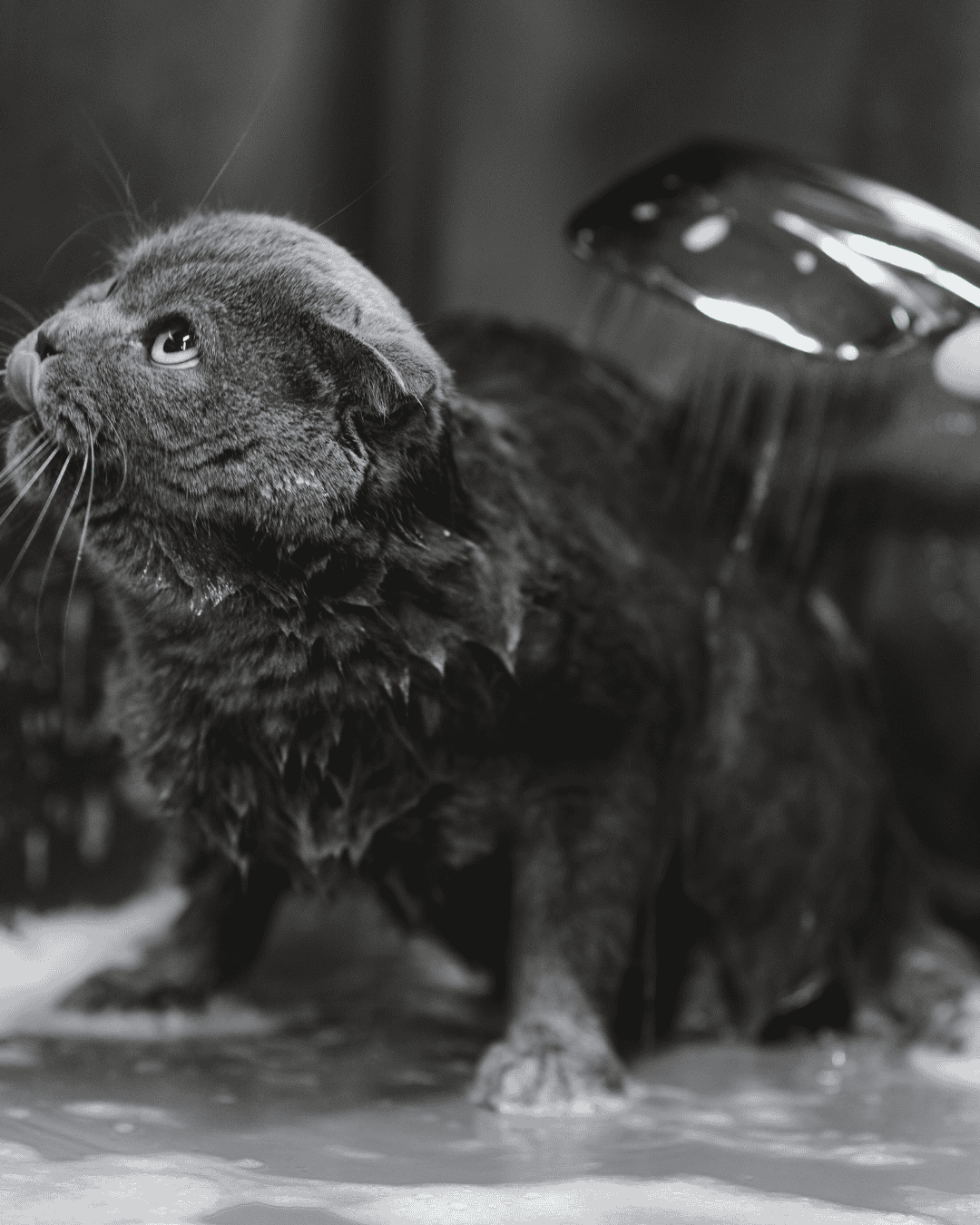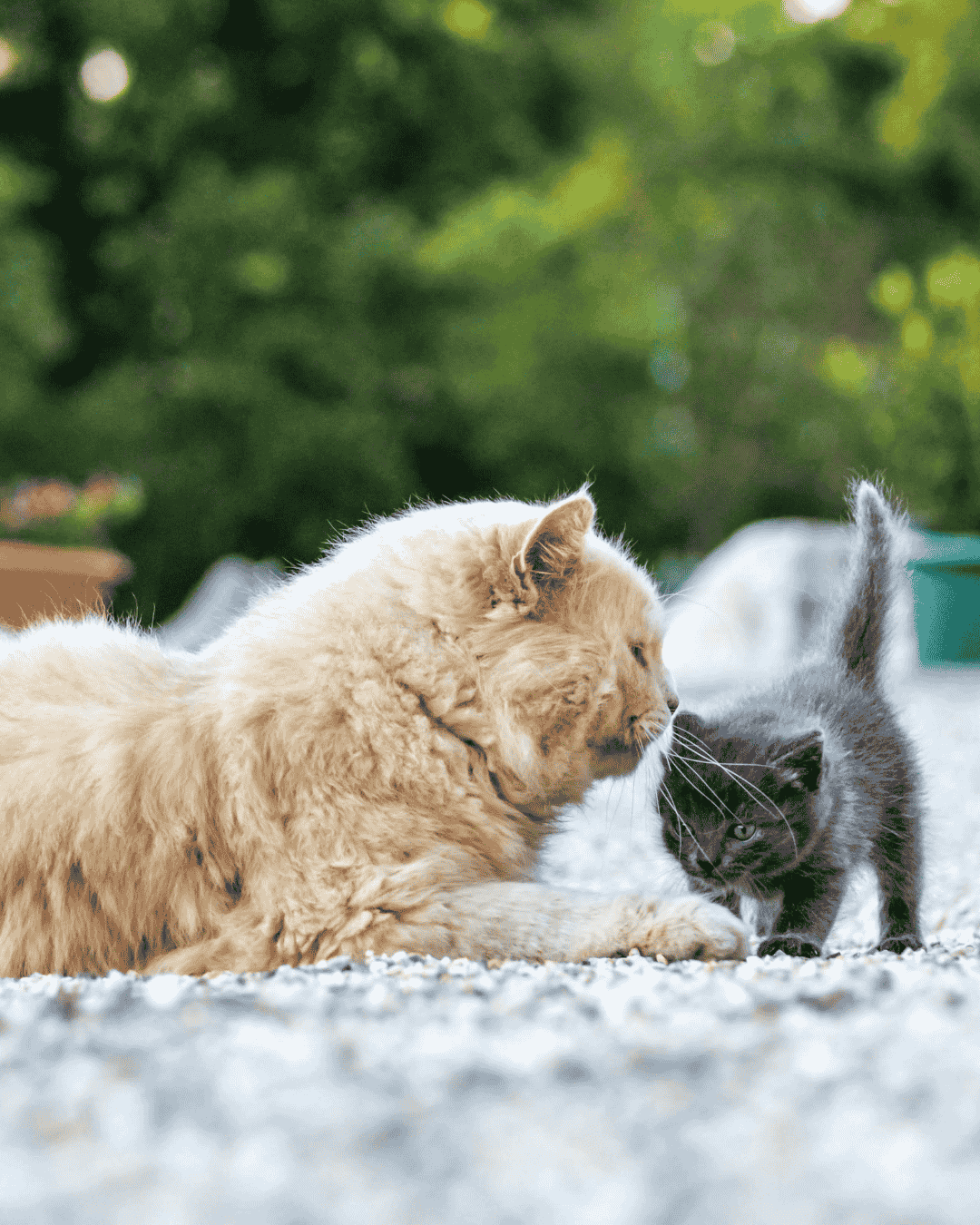Let’s talk about something no one wants to deal with – but every cat parent should know: ringworm. (Spoiler: it’s not actually a worm.)
If your kitty has been diagnosed with ringworm, first take a breath. It’s common, treatable, and with the right care – including proper grooming – it doesn’t have to take over your life (or your house).
Here’s how we at PawBasic help support safe, effective ringworm grooming for cats – and what Mississauga cat moms need to know.
What Is Ringworm in Cats (and What Does It Look Like)?
Despite its creepy name, ringworm is a fungal infection, not a parasite. It often shows up as:
- Circular patches of hair loss
- Scaly or crusty skin
- Redness or mild inflammation
It’s highly contagious to both other animals and humans, so early treatment and isolation are key.
Can You Still Groom a Cat with Ringworm?
Yes – but only with strict safety protocols in place.
At PawBasic, we understand the risks of grooming cats with ringworm and take every precaution to keep your pet – and others – safe:
- Grooming in a disinfected, isolated area
- Wearing gloves and using disposable aprons
- Using antifungal pet-safe shampoos
- Deep cleaning all tools and surfaces after use
We’ll also walk you through post-groom care so your home stays as fungus-free as possible.
Home Tips for Grooming a Ringworm-Affected Cat
If your vet gives the go-ahead for light at-home care:
- Wear gloves and wash hands thoroughly
- Use a vet-approved antifungal shampoo sparingly
- Keep your cat’s bedding, brushes, and litter area disinfected
- Limit contact with other pets (and kids!)
Reminder: Never attempt shaving or aggressive brushing. You could accidentally spread spores or damage the skin.
Why Trust PawBasic for Sensitive Grooming Cases?
Located in the heart of Cooksville, Mississauga, our salon at 18 King St E is known for its calm, safe, and hygienic approach to grooming – especially when dealing with skin conditions.
We’ve built a 4.9-star Google rating by treating every pet like our own. That includes isolating ringworm cases, using medical-grade disinfectants, and offering follow-up care advice for pet parents.
➡️ See what other Mississauga cat parents are saying
Ready to Book a Safe, Skin-Sensitive Groom?
If your vet has cleared your cat for grooming, our team is here to help you manage ringworm safely and gently.




